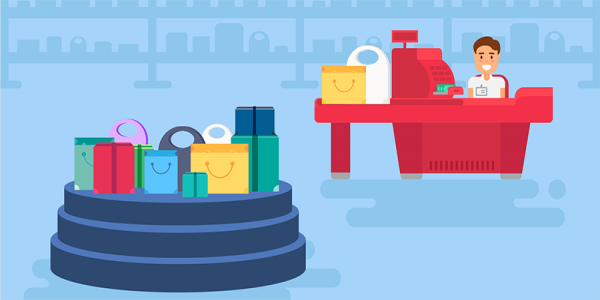
Visual Merchandising
Why should you conduct merchandising audits? Ninety percent of purchasing decisions are based on visual appearance alone! Additionally, while companies spend an average of 19% of their budget on promotional campaigns, less than 40% of displays are executed properly. Use merchandising audits to ensure your displays are in place, your shelves are full, and your stores are ready to sell. If you are a merchandiser, retail operations professionals, area sales professional, consumer packaged goods manufacturer or wholesaler with product in physical locations, then this article is for you.
Service Details
PURPOSE AND SCOPE OF MERCHANDISING AUDITS
First, merchandising audits fall in two broad categories:
1. SHELF AUDITS. : This category includes:
- Planogram compliance. Correct position on the shelf. Correct number of facings. No product “holes”. No out of stocks.
- Pricing. Correct price displayed by market and category. Correct label used.
2. AUDITS OF SEASONAL PROGRAMS AND PROMOTIONS. : This category includes:
- In-store signage
- Special displays and ads
- Seasonal pricing and labels
- Sales associates’ training, awareness and compliance with in-store program
Across these broad categories, compliance means that a certain set of standards is met in a given time frame (duration of the program) at certain locations (seasonal programs may not be executed consistently across markets so the ability to “narrowcast” certain standards at certain locations is essential).
Unfortunately, merchandising compliance alone does not guarantee that a merchandising program will be a success at store level. For this reason, merchandisers need to look at the big picture and ask, for each store, “Would shoppers shop here?”. For this reason, we will add another non-merchandising category to our list of merchandising audit categories.
3. AUDITS OF GENERAL APPEARANCE, PRESENTATION, CLEANLINESS AND STORE SAFETY
The best merchandising program, even if implemented on time and in full, will be completely ineffective if shoppers won’t set foot in the store. For instance, if the general presentation, cleanliness, orderliness or safety of the store is not conducive to a positive customer experience, then customers won’t shop at your store.
Because of this, merchandising audits should not be conducted in vacuum. While your district managers, sales reps or other resources are in the store, have them conduct one or more audits on broad operational factors. For instance, audits focused on general cleanliness, health and safety, or loss prevention just to name a few.
It does not have to take a lot of time to complete these additional audits/inspections. And, they help paint a more complete picture that gives some context to your merchandising program.
POSM Merchandising Deployment - As a brand guardian no-body wants to deploy PoSM material at a place which have low visibility or relevance. A poster deployed outside of the store but at an eye level will have no impact for brand. Simultaneously, a poster deployed inside store but not on an eye level will be with a least relevance for brand. So, freezing guidelines for the deployment of PoSM material are of utmost importance. We can plan guidelines in two ways:
Deployment Framework: This talks about, planning number of PoSM to be deployed in an outlet different type wise.
Deployment Guideline: This talks about where to deploy which PoSM.
Retail sampling and demonstrations- Free Samples – Everyone loves them!
Recognized by manufacturers and retailers globally as a key component in the marketing mix, in-store sampling continues to deliver results for brands.
Proven to be effective at elevating brand awareness in the consumer’s eye, in-store samplings are also hugely important for manufacturers to move product off the shelf.
- Enhances your relationship with the Retailer
- Creates a positive product experience
- Generates corporate goodwill that lasts beyond the initial interaction
- Persuades consumers to change brands
- Allows consumers to try before buying
- Fosters brand loyalty
- Provides cost-efficient product exposure
L-ONE work hand in hand with suppliers, distributors, and retailers to deliver tailored in-store sampling programs that focus on building exposure and awareness alongside actively training our staff to help them move more and more of your product at every event.
Our goal is to help you generate revenue from sampling events and measure every unit sold to demonstrate positive ROI.
- In-Shop Sales Programs
- In-Shop Product Display
- Retail Activation & Events


